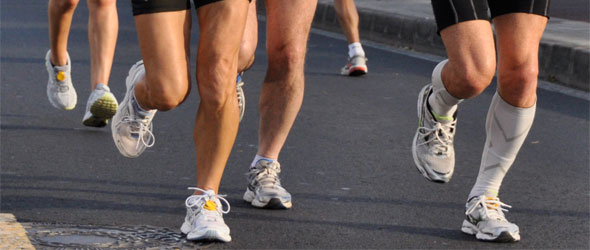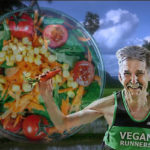This article will list and discuss the various energy sources available which supply the body with the necessary nutrients to be able to exercise and remain healthy
Carbohydrates
With the added energy needs of an athlete, carbohydrates can play a major role in the providing of this needed energy supply. Carbohydrates should safely make up for 55 to 60% of an athlete’s calorie intake. What follows are the different forms of carbohydrates found and their role in the production and maintenance of a healthy lifestyle.
Starches
Starches fall under the category of complex carbohydrates, long chains of glucose make up a starch. During digestion, the starch chain is broken down and the glucose units are made available for absorption.
Rice, potatoes and breads are food sources of starch and they often provide vitamins and minerals while also being the body’s major source of glucose. It must be noted that whereas many people would consider that starchy foods contribute to obesity, it is more likely due to people adding fats to the food via butter, margarine, sauces, and gravies. This may make the food more ‘tasty’, but contributes to the excess intake of calories.
The body is unable to utilise starches and many sugars directly from food for energy. Starches and disaccharide sugars are broken down during digestion and metabolism, and converted to glucose. The glucose that is not used for immediate energy is stored as glycogen in the liver and muscle cells. Glucose us able to be released from glycogen later if needed. The body is however limited as to the amount of glucose it can store as glycogen. Any further amount of glucose will be converted to and stored as body fat. On occasion where there is an insufficient dietary intake of carbohydrates, the body is able to use protein as glucose. Thereby protein is diverted away from its own important functions, thus creating a need for glucose to be available to prevent protein being used as energy. This is seen as the protein-sparing action of glucose.
Fiber
A fair amount of attention by researchers has been placed on the value of fiber in the diet. Fiber forms the structural parts of plants and is not digested by humans. Fiber is not found in animal sources of food. Dietary fiber is made up of the soluble and insoluble kind. Soluble fiber includes gums and pectins; cellulose is the primary insoluble form. Oatmeal, legumes, and some fruits are sources of soluble fibers. The food sources for insoluble fiber include whole grain bread and bran cereals.
Due to fiber not being digested, it passes through the intestinal tract and adds bulk. Fiber aids normal elimination by reducing the time required for wastes to move through the digestive tract and prevent its absorption. This is known to reduce blood cholesterol levels. The adequate consumption of fiber has also been associated with lowering the incidences of obesity, constipation, appendicitis and diabetes.
25 grams of fiber per day is the recommended amount of dietary intake. It is considered that on average we only consume 10 to 15 grams per day. The recommendation is that your fiber intake be increased via more whole grain cereal products as well as fruits and vegetables instead of using fiber supplements. Do note, excessive consumption of fiber can cause intestinal discomfort, as well as an increase in the loss of calcium and iron.
The 2nd article in this series on Energy Sources titled FATS follows
Ref: Principles of Athletic Training .. Daniel D. Arnheim William E. Prentice






























